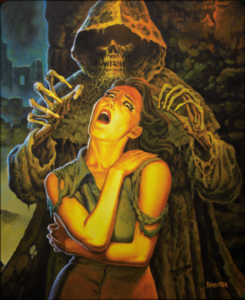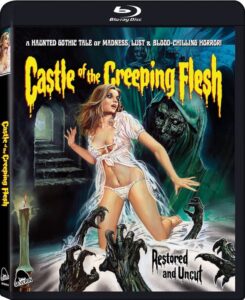Is Viy Treasure or Trash?
Blu-ray Distributed By Severin / December 10, 2019
Based on the classic novella by Nikolai Gogol – and previously adapted by Mario Bava as BLACK SUNDAY – the first horror film ever produced in the Soviet Union remains “genuinely frightening” (1001 Films You Must See Before You Die), “a visual grab bag of terror” (FilmInquiry.com) and “one of the best horror films of all time.” (IndieWire): In 19th century Russia, a seminary student is forced to spend three nights with the corpse of a beautiful young witch. But when she rises from the dead to seduce him, it will summon a nightmare of fear, desire and the ultimate demonic mayhem. Bursting with startling imagery and stunning practical effects by directors Konstantin Yershov and Georgi Kropachyov, this “overlooked classic” (Paste Magazine) has influenced generations of directors for more than half a century and is still unlike any horror movie you’ve ever seen.
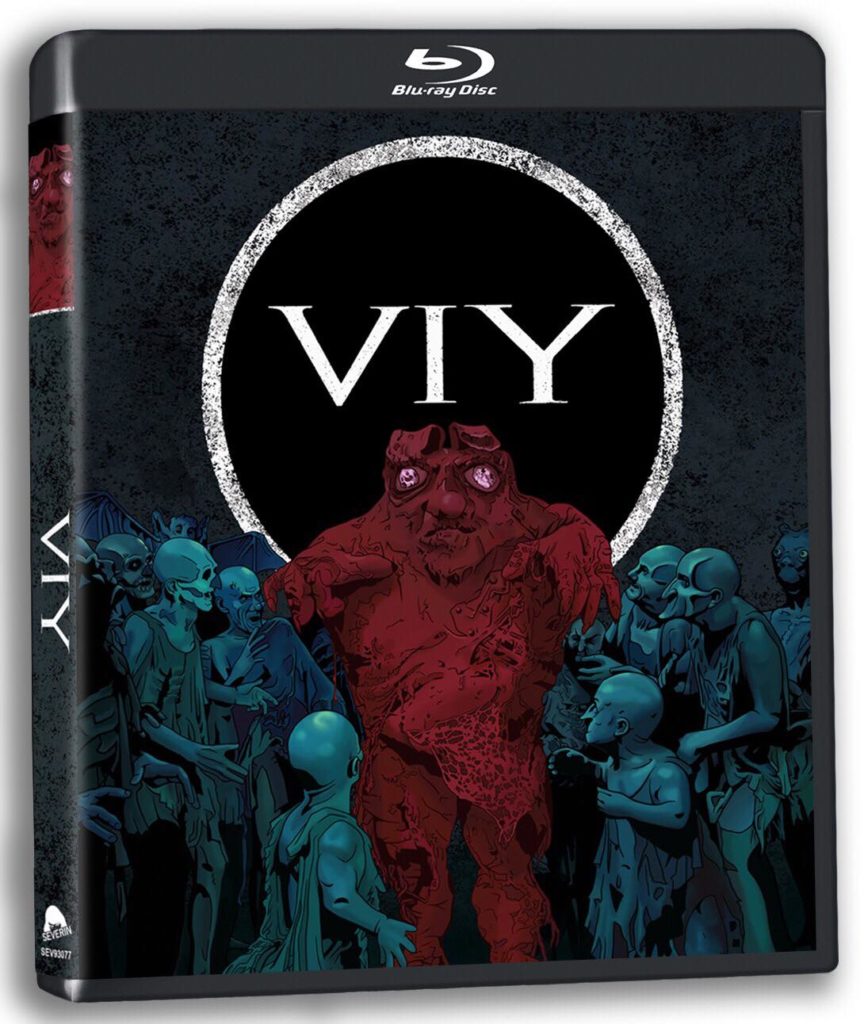
Tyler’s Take  (3.5 / 5)
(3.5 / 5)
Viy is based on the Russian horror novella first published by Nikolai Gogol in 1835. “Viy” is actually a reference to a monster in Ukrainian folklore, but exactly what kind of monster has been debated. The more prevalent explanation is that he is the King of the Gnomes.
Indeed, Viy does make an appearance towards the very end of this film, but most of it is dominated by an undead witch that one might interpret as a vampire, although that term is never actually used in the film.
But I’m getting ahead of myself. Let’s go back to the beginning.
Viy starts with a journey of three seminarians who come across a farmhouse. As they ask to stay for the night, each is required to sleep in a separate location. One of them—the philosopher Khoma—is directed to sleep in a barn. While there, Khorma is approached by an old woman who attempts to seduce him, and then casts some sort of spell where he takes her on his back and she rides him out into the country. Realizing this woman is a witch, Khoma proceeds to beat the woman within an inch of her life. At that point, the old woman turns into a beautiful young lady, and presumably dies. Khoma keeps the experience to himself and tries to move on, until the father of the slayed witch summons him to his house where he tells him that his now-deceased daughter specifically asked for Khoma by name to recite the prayers after she passed. The custom is for the priest to recite prayer alone in the presence of the corpse for three consecutive nights.
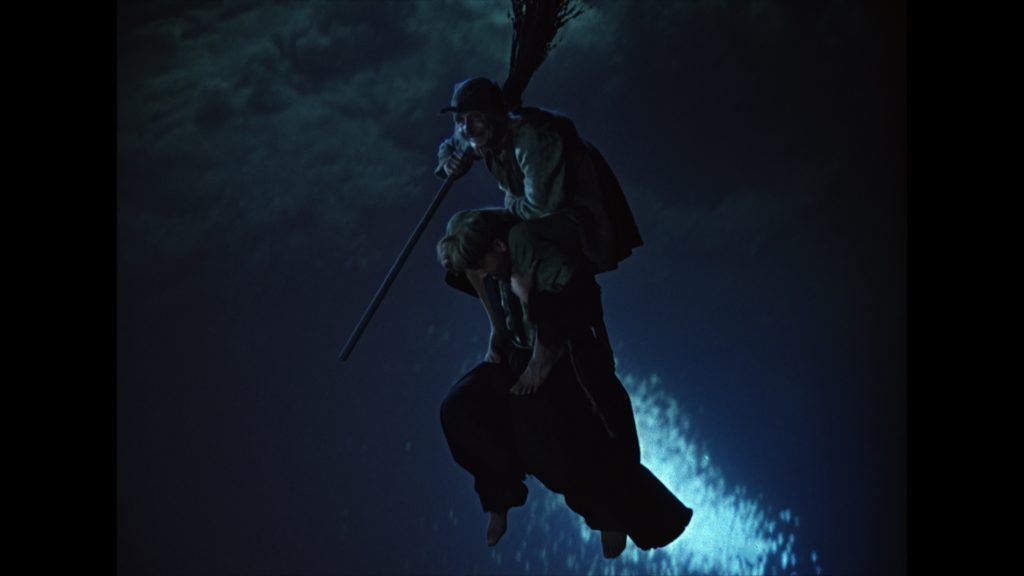
First of all, great exposition. The viewer is told right away that that this witch’s murderer is going to have to hang out with her “lifeless” body for three nights. As expected, each night brings more intense haunts and interactions between the woman and Khoma, who tries to ward her off by drawing a circle around him. The circle appears to work the first two nights, but on the final eve, Viy is summoned and his minions break through the circle, leaving Khoma dead. The special effects for each of these nights are actually pretty advanced for the time and context. Some of it is Claymation which comes off a bit dated. But it’s not much different than what you would have seen in the United States at the same time.
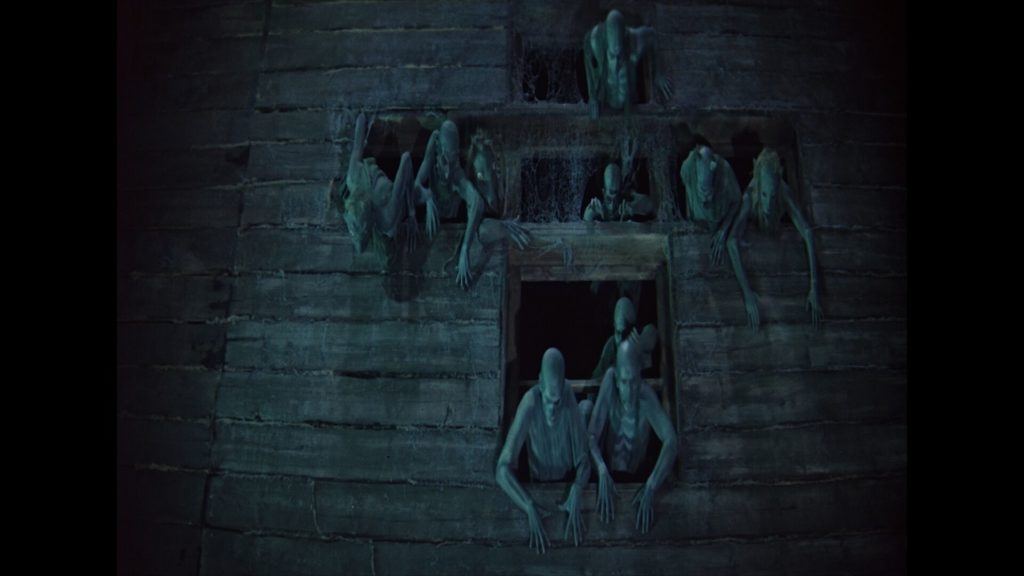
Contextually, the movie fits snugly within the setting of Ukrainian folklore and includes elements of Russian culture one would expect from such a film, including references to Cossacks (who are native to the Ukrainian region), several scenes where Russian Vodka is heavily consumed, and scenes where the seminarians correctly give the sign of the cross in reverse of western Christianity, as Russian Orthodox Christian followers move from right to left (there is some debate here as to why the priest Khoma does this, however, as the priests normally would face the parishioners and make the sign from left to right while church-goers did simultaneously from right to left, so that everyone would be moving their hand in the same direction at the same time. But I digress…). But it is these little details that reveal the care with which directors Konstantin Yershov and Georgi Kropachyov delivered this cinematic experience.
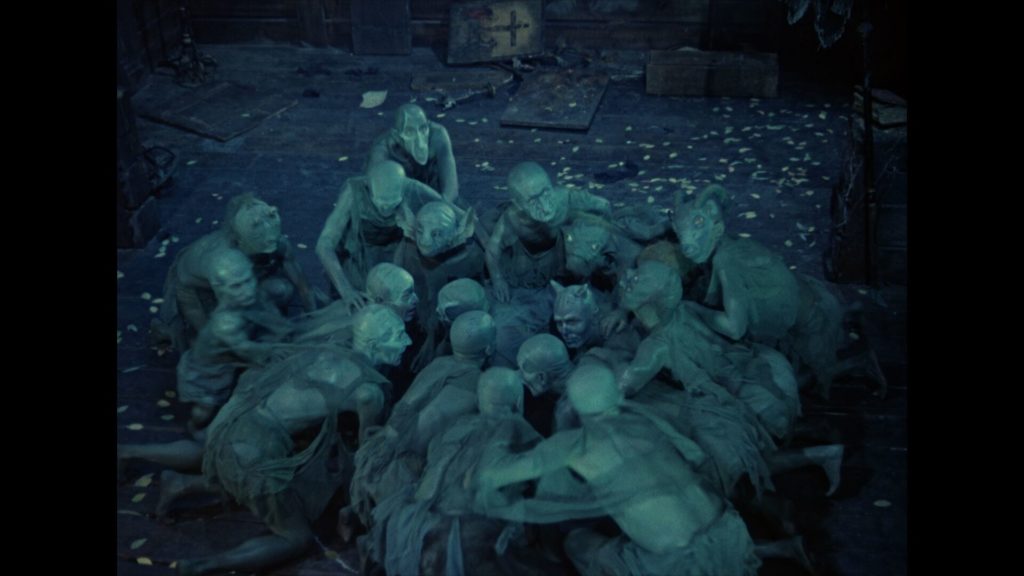
The movie is not without flaws, of course. The brilliant rising action scenes write checks that the climax can’t cash, and there are some moments where the background is so clearly fake that it looks like a movie from 1950s Hollywood. But it really is a well-made movie for its time, and has an outstanding musical score that amplifies the storytelling.
Some of the blu ray extras include a brief history of Soviet cinema and Russian vampire folklore, going all the way back to the 1830s novella by Gogol. It also includes three silent Russian horror films mentioned in the interviews: The Portrait, The Queen of Spades, and Satan Exultant.
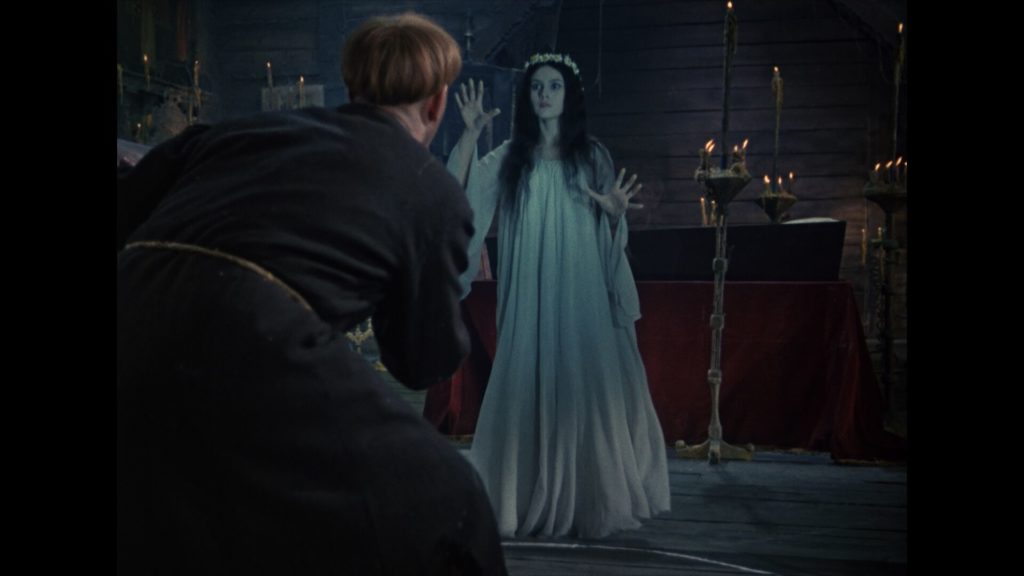
Viy is definitely worth the watch, if for no other reason than to appreciate the way in which horror movies about vampires and undead creatures permeate many cultures in similar ways. If you’re looking for a way to feel connected to fellow monster-movie lovers in this genre during a time of quarantine, then this might be the movie for you.
Hidden Treasure/Dumpster Fire?
Tyler says: Hidden Treasure!
| Tyler's Take: |  (3.5 / 5) (3.5 / 5) |
| Blu-ray Extras: |  (4.0 / 5) (4.0 / 5) |
| Average: |  (3.8 / 5) (3.8 / 5) |
Special Features
- Viy the Vampire: An Interview with Richard Stanley
- The Woods To The Cosmos: John Leman Riley On The History Of Soviet Fantasy And Sci-Fi Film
- Short Silent Films – Satan Exultant, The Queen of Spades, and The Portrait
- Trailer
- English Track


